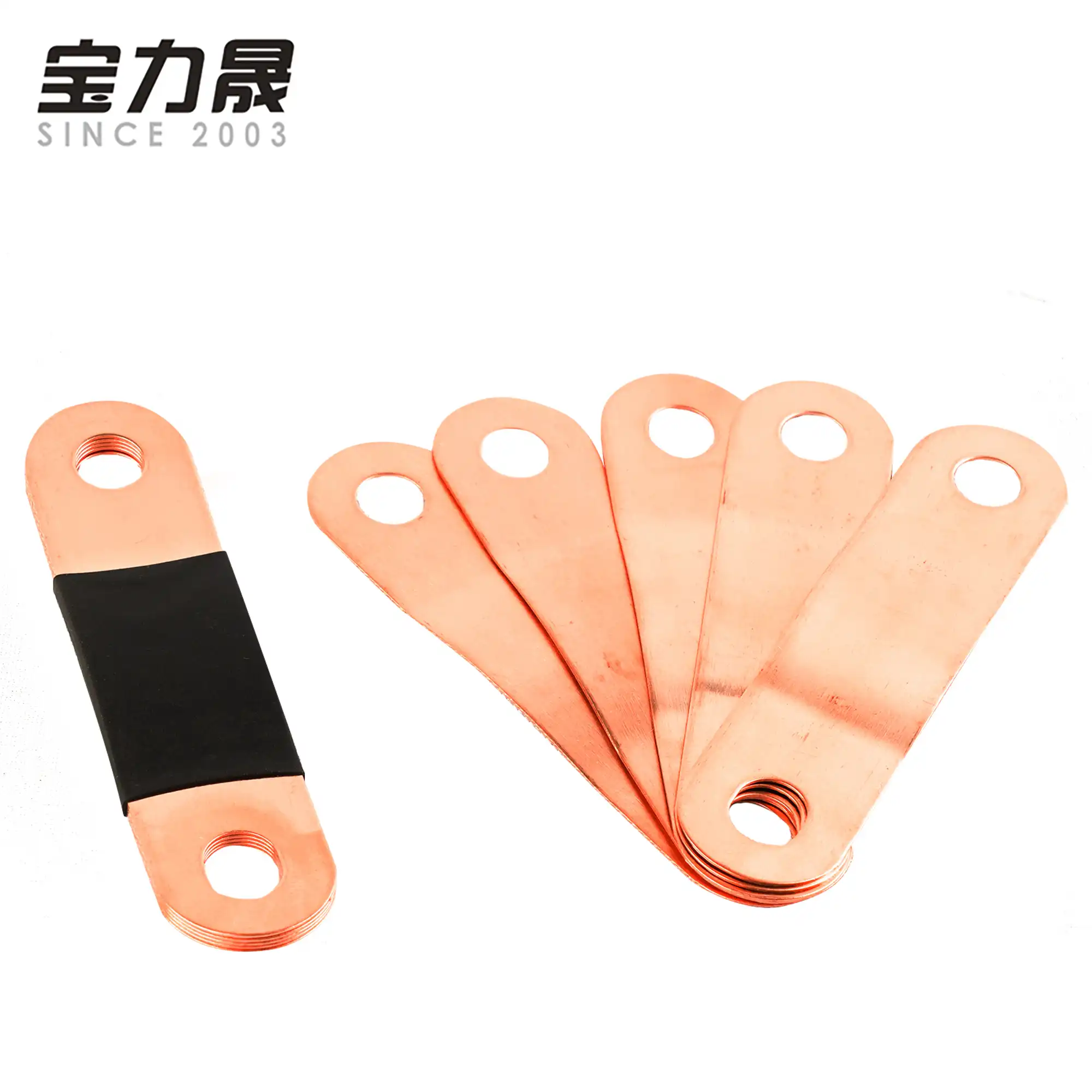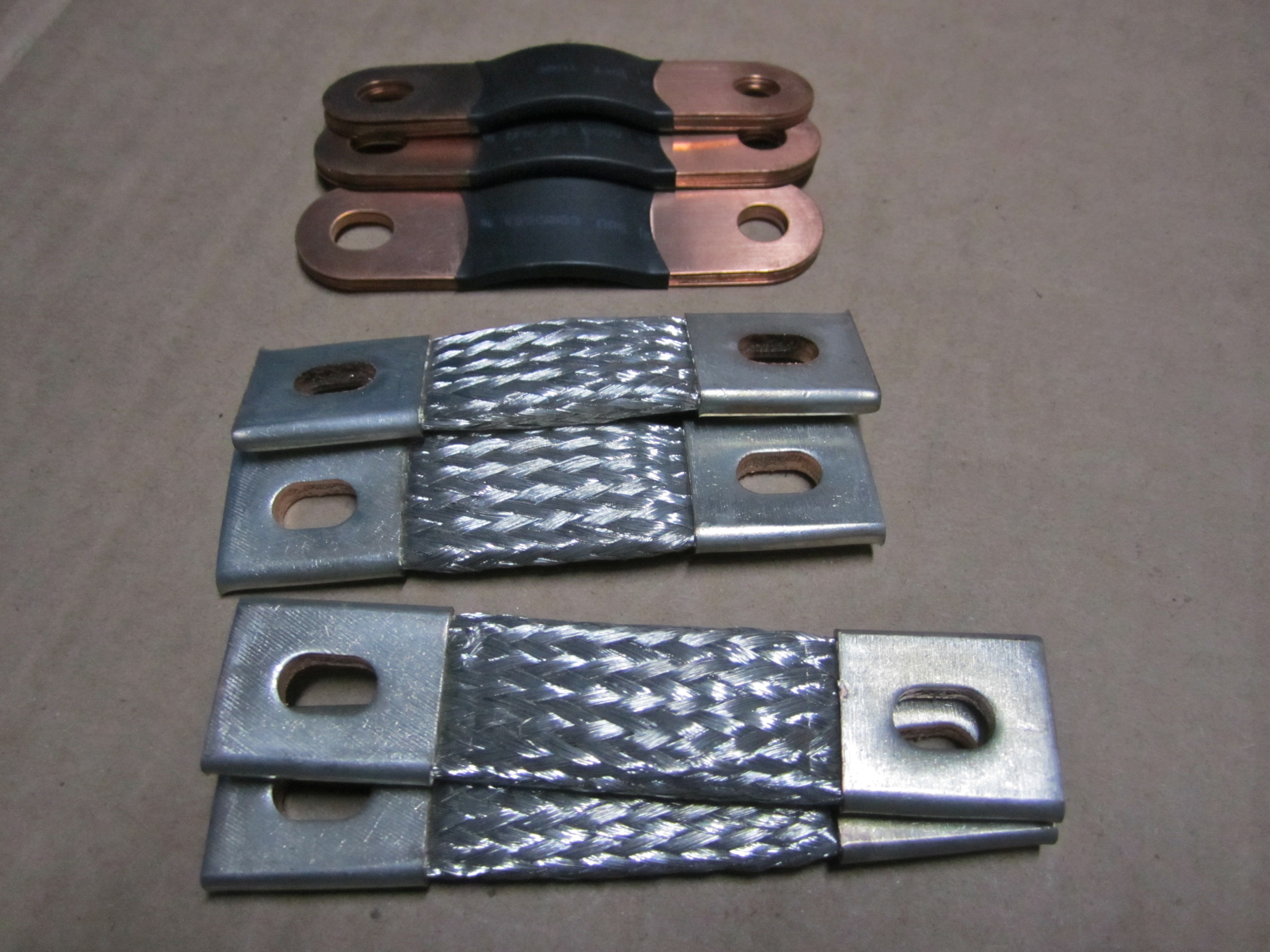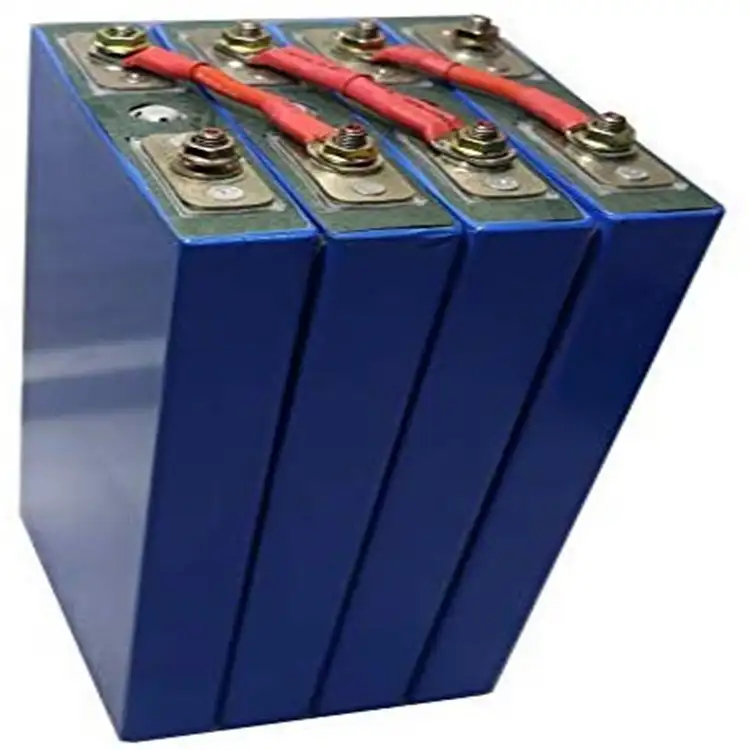
This chart shows that bell curve, symmetrical to a point, but too much pressure would damage the cell so there is a limit on the high end unlike the low end (or that was my takeaway). The above graph shows the curve for A123 cells, but the info given by the EVE engineers matched what is shown here for the most part.
The top line takeaway for me was: shoot for ~12psi, but if you can get in the ballpark of 6-17 you are in the right ballpark, and if you are going to err one way or the other, definitely err on the side of less pressure. Too much pressure = possible damage
I thought it was pretty clear they were saying that limit was ~17 PSI (maybe we are saying the same thing differently?). To use the phrase ghostwriter used, 'above 17psi things start getting pretty crushy' ?
‘Too much’ compression seems to only be an issue if you are applying too much pressure to a cell while clamping it into a fixture (resulting in crushed cells causing degradation through mechanical deformation).
‘Too little’ pressure means you were unable to prevent cells from swelling (resulting in degradation through mechanical degradation).
After reading-reading what the EVE engineer wrote, I think my plan will be to apply 12-13psi of force with a ridgid non-conforming structure when the cells are ~50% SOC or thereabouts (not swelled, not sunken) and call it a day.
The evidence seems much more clear that cell cycle life is reduced when the cell is allowed to swell as it moves well past 50% SOC towards full than it is that charging cells to full in a ridged structure can cause sufficient stress/force to damage them and reduce cycle life.
Among other things, a further benefit of clamping cells in a rigid structure is that stress on the terminals caused by cell swelling becomes a non-issue...






